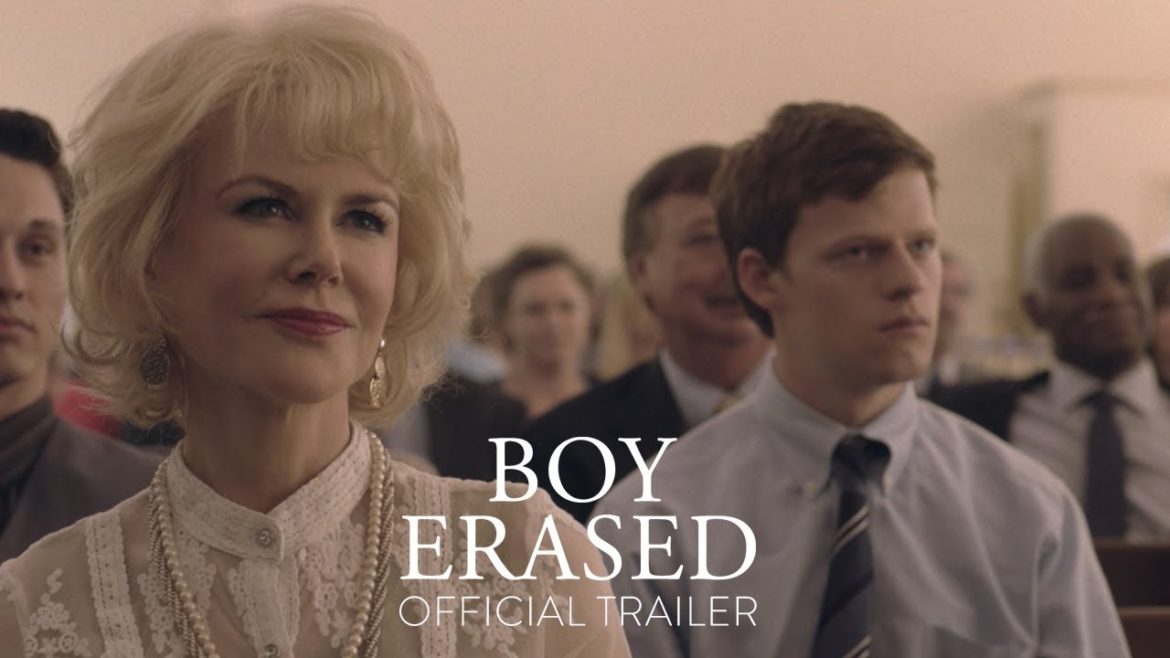TL;DR
"Boy Erased" tackles the harrowing reality of conversion therapy faced by Jared, a gay teen whose religious parents send him to a program designed to "cure" his sexuality. While the film boasts a powerful restaurant scene with Nicole Kidman and a surprising standout performance from Flea, it ultimately struggles to deliver the emotional punch its sensitive subject matter deserves. The review critiques Lucas Hedges' unconvincing lead performance and director Joel Edgerton's missed opportunities to amplify the horror of conversion therapy, leading to a superficial impact. Despite its potential and a decent Blu-ray release, the film falls short of its dramatic aims. Dive into the full review to see if this film's important message still makes it worth a watch.
In a small American town, 18-year-old Jared (Lucas Hedges) lives with his parents Nancy (Nicole Kidman) and Marshall (Russel Crowe). The family, deeply rooted in their Christian faith, faces a profound challenge when Jared comes out as gay. Viewing conversion therapy as the only recourse, the church proposes this path to “cure” Jared’s homosexuality. This decision, made without his full consent and under the looming threat of family ostracization, leads Jared to reluctantly agree to the controversial therapy.
I found Boy Erased to be compelling in many respects. Notably, a particular scene between Nicole Kidman and Lucas Hedges in a restaurant is exceptionally well-executed. However, several aspects of the film proved problematic, the most significant being the performance of the lead actor.
Having seen Lucas Hedges in numerous films, including Ben is Back, Manchester by the Sea, Lady Bird, Three Billboards Outside Ebbing, Missouri, and now Boy Erased, I consistently find his performances unconvincing. There’s a lack of authenticity that detracts from his portrayals. While he delivers tears or anger as scripted, I rarely sense genuine emotional depth. In the aforementioned films, with the possible exception of Billboards, he often embodies a similar character archetype: the brooding, secretive youth. In Boy Erased, where the narrative weight rests heavily on his performance, it unfortunately falls short of truly resonating.
The film’s shortcomings are not solely attributable to Hedges’ performance. Joel Edgerton’s script and direction also leave room for improvement. Several opportunities to cultivate a palpable sense of horror and alienation, inherent to the premise of conversion therapy, are missed. While the film possesses the potential to deeply affect the viewer, it ultimately delivers only a superficial impact. The end credits reveal the disturbing statistic that over 700,000 individuals have been subjected to therapies aimed at altering their inherent sexuality.
Boy Erased, based on true events, perhaps suffers from its adherence to reality, hindering its ability to achieve its full dramatic potential. Paradoxically, the film becomes somewhat muted, particularly evident in a scene where Jared discovers the fate of another therapy participant. The director’s choice of a slow-motion montage in this instance feels emotionally detached rather than impactful.
The inclusion of Russel Crowe, an actor of considerable talent, raised expectations for a powerful confrontation between father and son. Unfortunately, this pivotal scene never materializes with the anticipated intensity. Crowe’s role feels underutilized, and could have arguably been filled by a less prominent actor.
I want to commend Red Hot Chili Peppers bassist Flea, known professionally as Michael Balzary. While he has appeared in various films, including Back to the Future parts two and three, Boy Erased marks the first time I’ve truly appreciated his acting ability. He delivers a compelling portrayal of an ambiguous and unsettling character.
The Blu-ray release is of satisfactory quality. Boy Erased was filmed on film stock rather than digitally, resulting in a visually appealing texture with accurate colors and deep blacks. The soundtrack is presented in DTS-HD 5.1. Given the film’s emphasis on dialogue, the sound system is not heavily utilized, but it effectively delivers bass when required. The supplementary materials include deleted scenes that offer some additional context, although the film’s runtime of 115 minutes feels appropriate, justifying their exclusion. The package also includes standard promotional short documentaries.
In conclusion, the film warrants a passing grade. However, with more assertive direction, it could have been a significantly more emotionally resonant experience. The underlying potential is evident, but the filmmaking execution falls short of fully realizing it.
